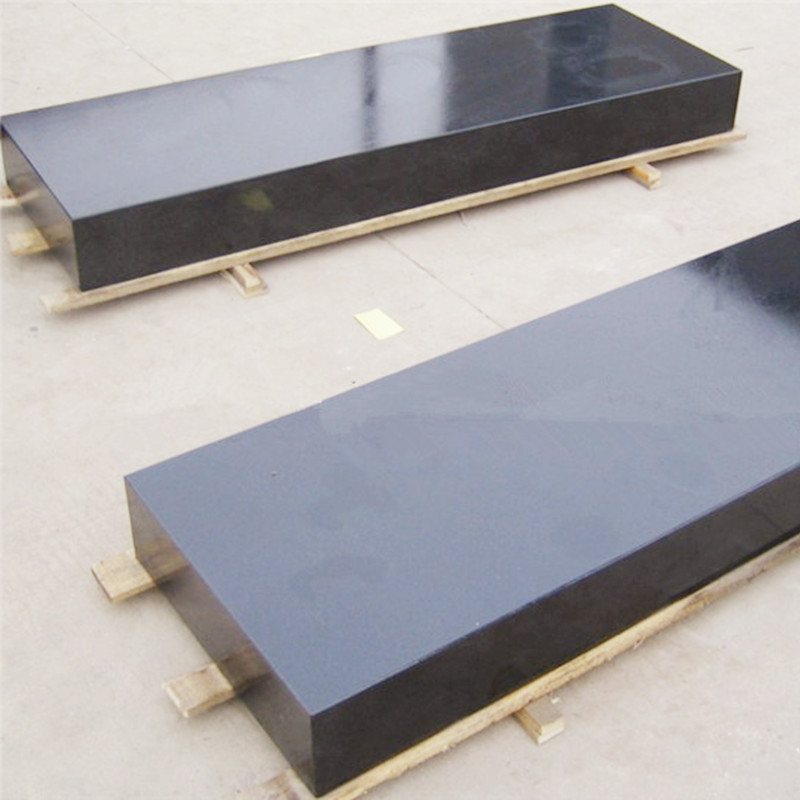Aug . 19, 2024 21:18 Back to list
Understanding Backwater Check Valves and Their Importance in Plumbing Systems
Understanding Backwater Check Valves
In various engineering fields, particularly in plumbing and wastewater management, the backwater check valve plays a crucial role in preventing the reverse flow of water in drainage systems. This type of valve is designed to ensure that wastewater does not flow back into homes or buildings during events such as heavy rainfall or flooding. As cities continue to grow and infrastructure ages, the importance of effective backwater management systems becomes increasingly essential to safeguard public health and the environment.
What is a Backwater Check Valve?
A backwater check valve, also known as a backflow prevention valve, is a device that allows fluid to flow in one direction only. When pressure from the upstream side exceeds that of the downstream side, the valve remains open to permit flow. However, if the flow direction reverses, the valve closes to prevent backflow. This mechanism effectively protects plumbing systems from potential contamination and protects property from damage caused by reversing water currents.
Importance of Backwater Check Valves
1. Prevention of Contamination One of the primary functions of backwater check valves is to prevent wastewater from re-entering potable water supply lines or residential spaces. This is critical for public health, as the introduction of sewage and contaminants can lead to severe health risks and environmental issues.
2. Protection of Property Flooding can cause significant property damage, particularly in basements where sewage systems are often located. Backwater check valves serve as a first line of defense against flooding by blocking the reverse flow of water, thereby protecting homes and businesses from potential inundation.
3. Compliance with Regulations Many local building codes and plumbing standards require the installation of backwater check valves in specific areas to ensure safety and compliance with public health guidelines. Failure to adhere to these regulations can lead to penalties and increased liability for property owners.
Types of Backwater Check Valves
backwater check valve

Backwater check valves come in a variety of designs to accommodate different applications and installation requirements. Some common types include
- Swing Check Valves These valves use a swinging disc to allow fluid to flow in one direction. If there is a reversal in flow, the disc swings and seals off the opening.
- Ball Check Valves Featuring a spherical ball that moves to block or unblock flow, these valves are effective in preventing backflow due to their tight sealing capability.
- Diaphragm Check Valves Using a flexible diaphragm, these valves open or close based on pressure differences, allowing for reliable backflow prevention.
Installation and Maintenance
Proper installation of a backwater check valve is essential for its effectiveness. It is usually installed in horizontal piping and must be positioned correctly according to the manufacturer's instructions. Regular maintenance is also vital. Property owners should periodically check the valve for any signs of wear or blockage, ensuring that it operates correctly when needed.
Conclusion
In summary, backwater check valves are indispensable components in modern plumbing and wastewater management systems. They not only help prevent contamination and property damage but also ensure compliance with health and safety regulations. As urban areas continue to grapple with challenges posed by climate change and extreme weather events, the role of backwater check valves in safeguarding communities becomes even more pronounced. With the right installation and regular maintenance, these valves can offer years of reliable service, protecting both people and property from the risks associated with backflow.
-
thread-plug-gauge-our-promise-of-measurement-excellenceNewsAug.22,2025
-
gauge-pin-class-reflecting-quality-legacyNewsAug.22,2025
-
check-valve-types-for-high-rise-buildingsNewsAug.22,2025
-
water-control-valve-for-irrigation-systemsNewsAug.22,2025
-
gate-valve-with-soft-seal-technologyNewsAug.22,2025
-
y-type-strainer-for-oil-and-gas-applicationsNewsAug.22,2025
Related PRODUCTS









